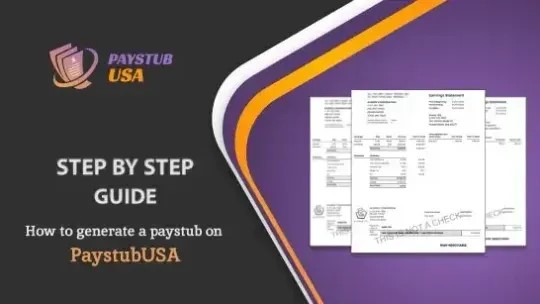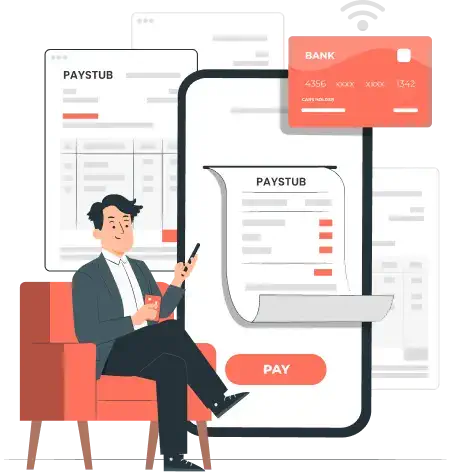Professional Free Payslip Generator Online
Generate paystubs instantly with our
efficient online paystub generator!
Customization Options
Automatic Calculations
Customer Support
What is a Paystub?
A paystub or paycheck is an essential document that provides a detailed summary of an individual's earnings and deductions for a particular pay duration. Whether issued with the aid of an enterprise or created in my view by self-employed people, it consists of essential statistics like gross earnings, internet pay, taxes withheld, and extra deductions.
Generating those documents can be made less complicated with equipment like Paycheck Now, an Online Payslip Generator, or a Salary Slip Generator, which make sure accuracy and professionalism. For brought comfort, a Free Payslip Generator Online gives a user-friendly way to create paystub with out trouble. A dependable Payroll Generator is fundamental for handling payroll successfully, maintaining correct monetary data, and ensuring compliance with tax regulations.
How to generate a paystub on PaystubUSA?
This video affords a detailed step-by-step guide on the way to create a expert paystub the use of PaystubUSA. Whether you want a Salaried Pay Stub for your group or Real Paycheck Stubs for personal use, the process is straightforward and efficient. Follow in conjunction with the step-by way of-step commands to learn how to generate correct paystub in minutes, ensuring all the info are accurate and compliant. Watch now to peer how PaystubUSA simplifies the process, making paystub creation quick and efficient!


What Sets Our Paystub Generator Apart from the Rest?
Easy-to-Use Interface for Quickly Generation
Accuracy in Calculations & Compliance With Tax Regulations
Range of Customization Options
Automating The Paystub Generation Process to Save Time
Create Paystubs From Anywhere With Any Devices
Prioritizing the Security & Privacy of User's Data
Dedicated Customer Support to Assist Users Query
Accommodating Multiple Payment Methods
Regular Updates & Improvements Based on User's Feedback
Satisfaction Guarantee & Promptly Address Any Issues
Paystub Creation in 3 Easy Steps

Enter Your Information
Fill in the company, employee
& salary details.
Preview Your Document
Choose a theme, preview your paystub &
make essential edits before purchasing.


Download
Once your purchase is complete,
download your paystub.